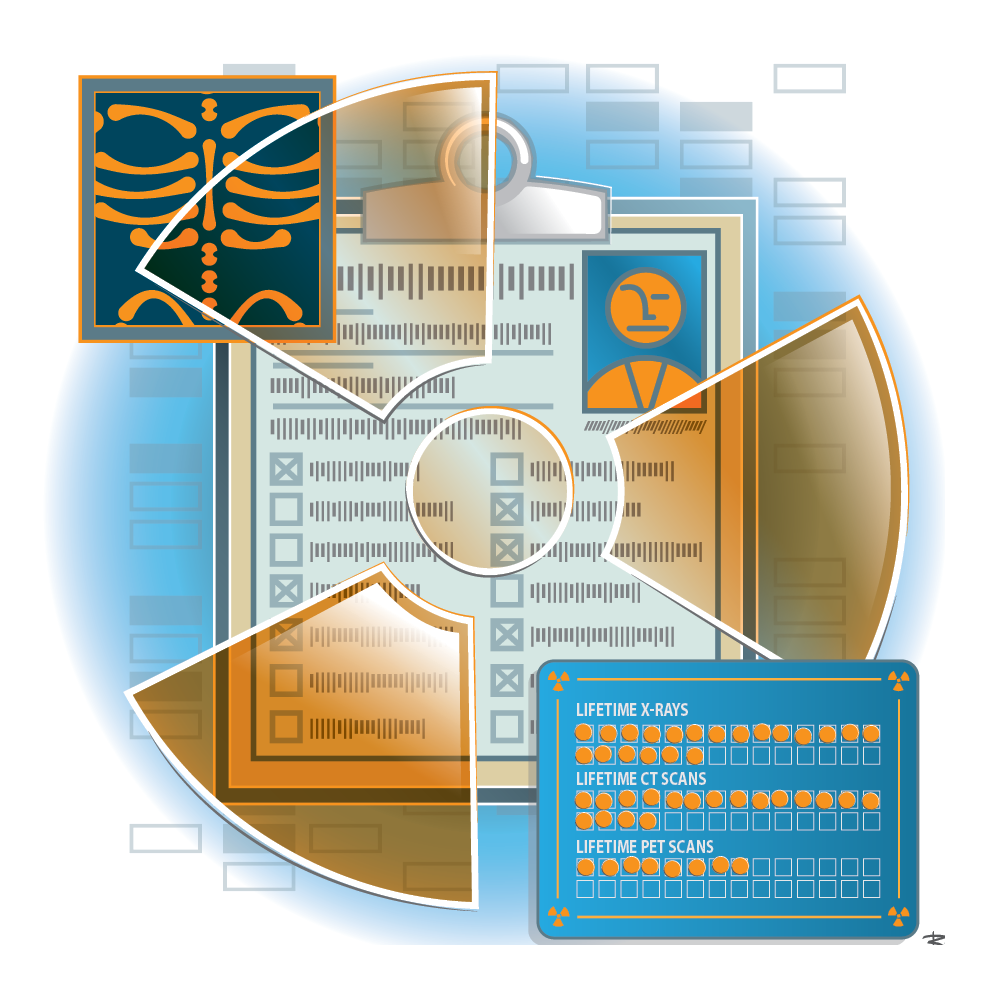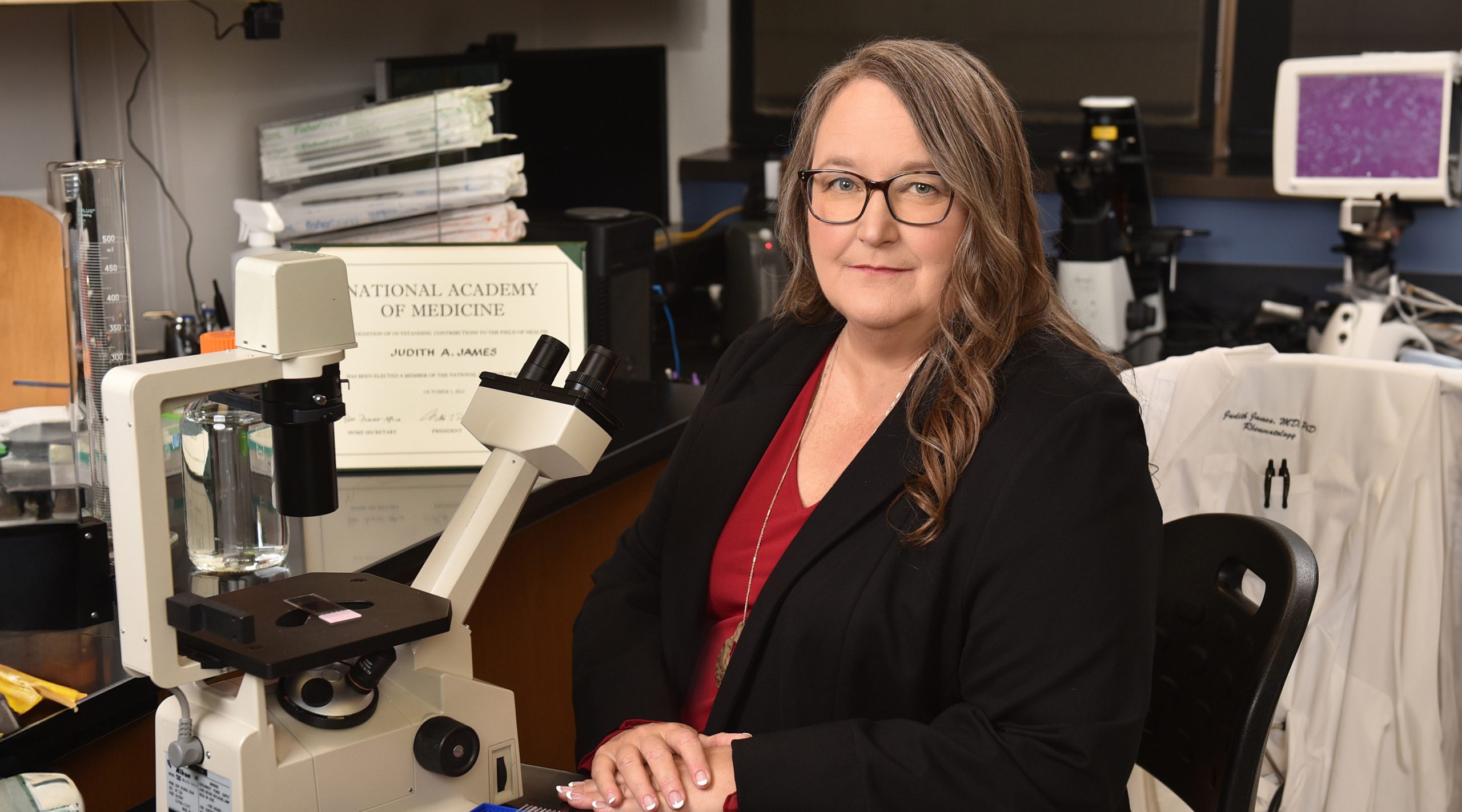Dear Dr. James,
I’ve had exposure to X-rays, MRIs and CT scans over my life. I understand the effects of radiation from these scans are cumulative, but nothing in my medical records tracks this. Shouldn’t it?
Paul Thomson
Edmond, Oklahoma
Dr. James Prescribes
When it comes to radiation exposure from medical imaging, most people’s top concern is cancer. Radiation can, indeed, increase cancer risk. But the good news is that routine X-rays – like those we get at the dentist or for a fractured bone or respiratory issue – expose adults to very low radiation levels. And MRIs, which use a large magnet and radio waves, use no radiation at all.
 Still, many experts are concerned about tests with higher doses of radiation, such as CT scans and nuclear imaging tests like PET scans. Proponents of tracking these tests in medical records argue it can help providers make more informed decisions about the necessity of future imaging procedures, especially in cases where non-radiation-based methods, like ultrasound or MRI, could suffice.
Still, many experts are concerned about tests with higher doses of radiation, such as CT scans and nuclear imaging tests like PET scans. Proponents of tracking these tests in medical records argue it can help providers make more informed decisions about the necessity of future imaging procedures, especially in cases where non-radiation-based methods, like ultrasound or MRI, could suffice.
There are challenges to implementing such tracking. There’s no universally accepted method for quantifying and recording radiation dose. Total exposure varies based on factors that include the type of test, the device (newer ones generally use less radiation), the duration of the scan, and a person’s size, age, and sex. Patients also receive imaging at different healthcare facilities and during dental visits, which would further complicate efforts to create a universal tracking system.
Even if we developed a universally agreed-upon way to tally radiation exposure from imaging, the amount of radiation that might increase a person’s cancer risk remains an open question. Most research on this topic has looked at people exposed to high doses of radiation, such as atomic bomb survivors and uranium miners. The risk from low-level radiation exposure isn’t easy to calculate from these studies.
When a physician prescribes medical imaging that involves radiation exposure, such as a CT scan or nuclear medicine testing, it often represents the best way to look for cancer or other diseases. In these situations, the potential benefit of these tests usually outweighs the risks. Still, any patient concerned about radiation from one of these tests can ask their provider if there’s an alternative, such as a lower-dose X-ray or a test without radiation, and whether they can shield the parts of their body that aren’t being imaged.
Unless you received high doses of radiation during cancer treatment as a child, based on what we know today, any increase in your risk for cancer due to medical radiation appears to be slight. While healthcare systems may not track cumulative exposure, you can maintain your own records of imaging procedures, especially if you frequently require them. This can help decrease duplicate testing. And if you wish to ask your healthcare provider about the issue, having a log will facilitate a more informed discussion.
Dr. Judith James, who was recently inducted into the National Academy of Medicine and the Oklahoma Hall of Fame, is OMRF’s executive vice president and chief medical officer. Submit your health questions at omrf.org/AskDrJames.
—
Read more from the Winter/Spring 2024 issue of Findings
Road Music
The X (and Y) Files
Planting Seeds
Voices: Meg Salyer
Pain Killer
Living Legacy
Data Nerd



